Options for gluing plexiglass from factory glue to regular “Moment”
The need for gluing plexiglass parts may arise from designers, modelers, advertisers, repairmen, reptile and fish lovers, and even costume jewelry creators. But how can you glue plexiglass outside the factory so that the seam is really strong and does not spoil the appearance of the product? It doesn’t matter what exactly you are going to make, one of the methods described below will definitely suit you for the job!
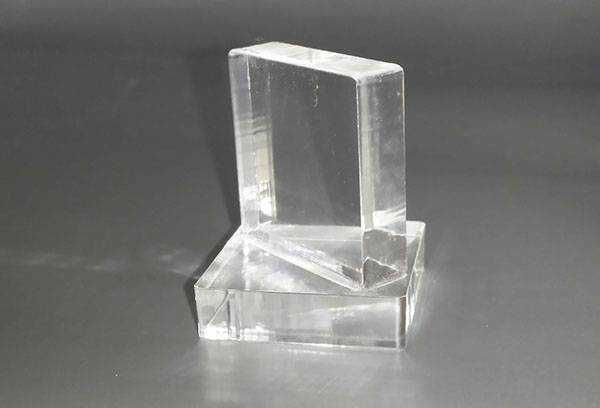
The main problem when gluing plexiglass
When the gluing result is far from what we would like to see, people in most cases blame the glue. Because of this, on forums for working with plexiglass you can stumble upon real verbal altercations! But the fact that the glue someone recommended didn’t work for you is, in the last instance, evidence that the glue, the only 100% identical variable in your cases, is the culprit of the failure.
When we say about a thing that it is “plastic”, in reality the plastic may be one of hundreds of polymers or mixtures thereof - we have the same situation with plexiglass. Depending on the composition of this plastic, the same glue will give different results, so, unfortunately, there is no escape from some risk, experimentation and experimental selection of the ideal glue.
Important!
What you call plexiglass may well not be polymethyl methacrylate, but polypropylene, polystyrene or polycarbonate. Accurate information about the origin of the material will best help in choosing an adhesive.
How to glue plexiglass: types and brands of the best products
If you do not have reliable information about the type of polymer, we will select adhesive for plexiglass with the expectation that it is really PMMA. In principle, if you have already dealt with gluing plastic, then there will be no intrigue for you in the question of how to glue plexiglass: the key to the strength of the seam is still in solvents.
A small educational program for those who have not previously dealt with gluing plastics: the most reliable option for gluing polymers is to dissolve the glued edges to a viscous state using solvents and join them until they dry. This way the product turns out to be essentially monolithic, and the seam holds even when the product begins to crack and break in other places.
How to glue plexiglass so that you are pleased with the result? There are several options here.
Factory glue
Of course, the most convenient compositions for working with plexiglass are various types of factory glue. Indeed, why look for something to glue plexiglass with and invent something when everything has already been invented for us?
- Artifix is a reaction adhesive, which is currently considered the highest quality and most convenient when working with plexiglass. The seam obtained with its help is strong, transparent and durable, and the toxicity is lower than the toxicity of solvents if the composition does not contain dichloroethane (there are variations without its addition). True, it is better to use this glue for plexiglass if you have a small production: shelling out about 6-8 thousand rubles for a liter package to glue a model together is not very profitable. The most commonly used numbers are 116, 117, 106 and 190, depending on the degree of viscosity you need.
- Colacryl is a slightly more budget-friendly replacement for the previous glue, but judging by the reviews, Artifix cannot be surpassed. The most commonly used numbers are 20 and 30. Different numbers can be mixed to obtain the desired viscosity.
- Cosmofen for acrylic glass - superglue based on cyanoacrylate, it is also called liquid plastic. That is, a monolithic connection will be obtained only if the acrylic of the glue matches the acrylic from which the plexiglass is made. Most often it is used when working with plastic windows: it fits perfectly there. In other cases, you will still get a fairly strong and durable seam, and for not the most money. Please note that Cosmofen may require UV curing!
Important!
Many craftsmen who work with plexiglass believe that any cyanoacrylate-based adhesive does not produce the most durable seam, which, moreover, loses its strength even faster when in contact with water.
Solvents
You can make your own glue with a completely identical polymer, and this can be done using solvents. Yes, it will set a little slower, but the result will be no worse!
- How to make the perfect glue at home? Dissolve some of your plexiglass shavings in dichloroethane! Yes, the substance is quite toxic and it is better to work with it in the fresh air, but the parts will simply stick to each other tightly!
- If you can't find EDC, you can look for tetrohydrofuran. Depending on the nuances of the composition, it glues some types of plexiglass even better than the famous dichloroethane.
- In desperate situations, you can glue the pieces together with formic acid, glacial acetic acid, or even ordinary vinegar essence. Not with table vinegar, but with concentrate.
In general, parts can be glued together without diluting the chips - if you apply solvent to both parts, connect them and fix them until dry, the seam will again turn out monolithic.
Important!
Other solvents, such as acetone or toluene, may work for other polymers, but if you try to dissolve PMMA shavings in acetone, it will not work as these substances do not react.
Contact glue
What about the other options? There are a lot of other types of glue that some resource will recommend. Unfortunately, you can’t count on really high-quality seams and “forever” gluing with them, and here’s why.
- Sometimes epoxy resin is recommended for gluing plexiglass, because it really holds the joint well, and is also completely transparent. But it only connects two parts of plexiglass, without turning them into a monolith.
- Adhesive compositions like “Super Moment” do not change the structure of the material and create a very fragile seam: they can only be used for gluing together elements of a product that experiences virtually no load. In addition, when using them, the plexiglass becomes cloudy and the seam becomes very noticeable.
- The usual “Moment” and similar compositions will not last long either: you can only glue with them what you are not going to actively use, and then it will hold up mediocrely.
By the way
Adhesive film is only suitable for flat, smooth surfaces with a fairly large bonding area. That is, it is not exactly suitable for models and aquariums.
How to glue plexiglass at home
We figured out how to glue plexiglass, but how to do it correctly? If you have chosen a good glue or solvent, the matter remains small.
- Remove the gloss with sandpaper and degrease the surface.
- If you are afraid that the glue will ruin the glass, cover everything except the joint area with film.
- Apply solvent to both parts. When the plastic softens, connect them and fix until they set. Leave until completely dry.
- Or glue the elements together using factory glue or a homemade composition based on shavings and fix until completely dry.
- Or connect the parts using a quick-setting solvent, secure them and fill the seam with glue using a syringe.
That’s basically it: there are quite a few products and substances that can help you in this matter, as you can see, so a little patience - and everything will definitely work out!
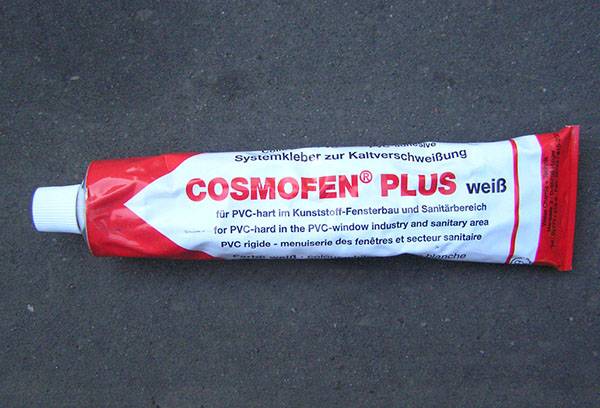
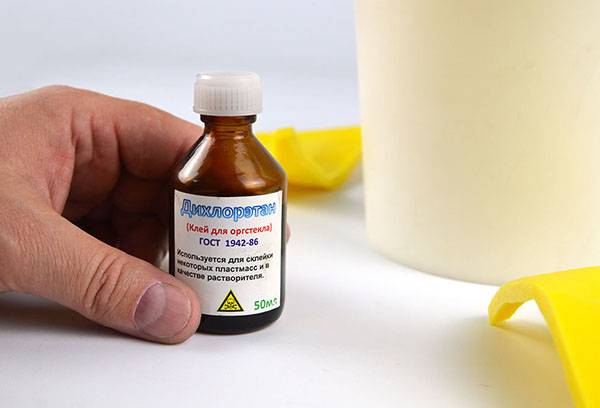
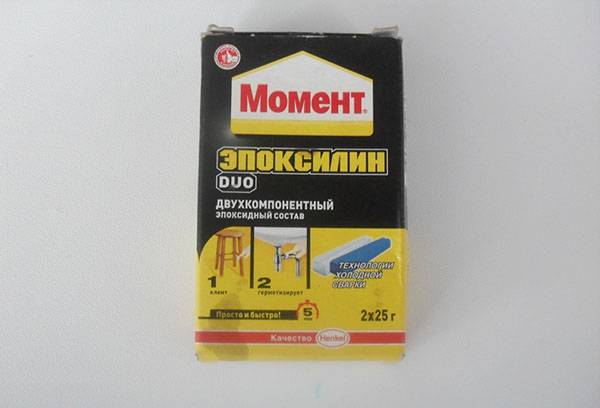
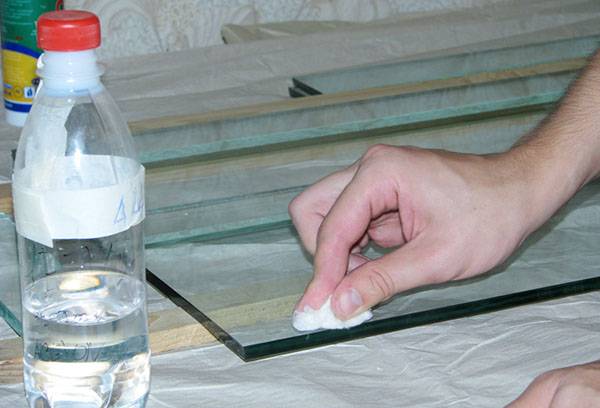
The pmma plastic foamed from the heat! How to fill (fill) uneven areas to polish?